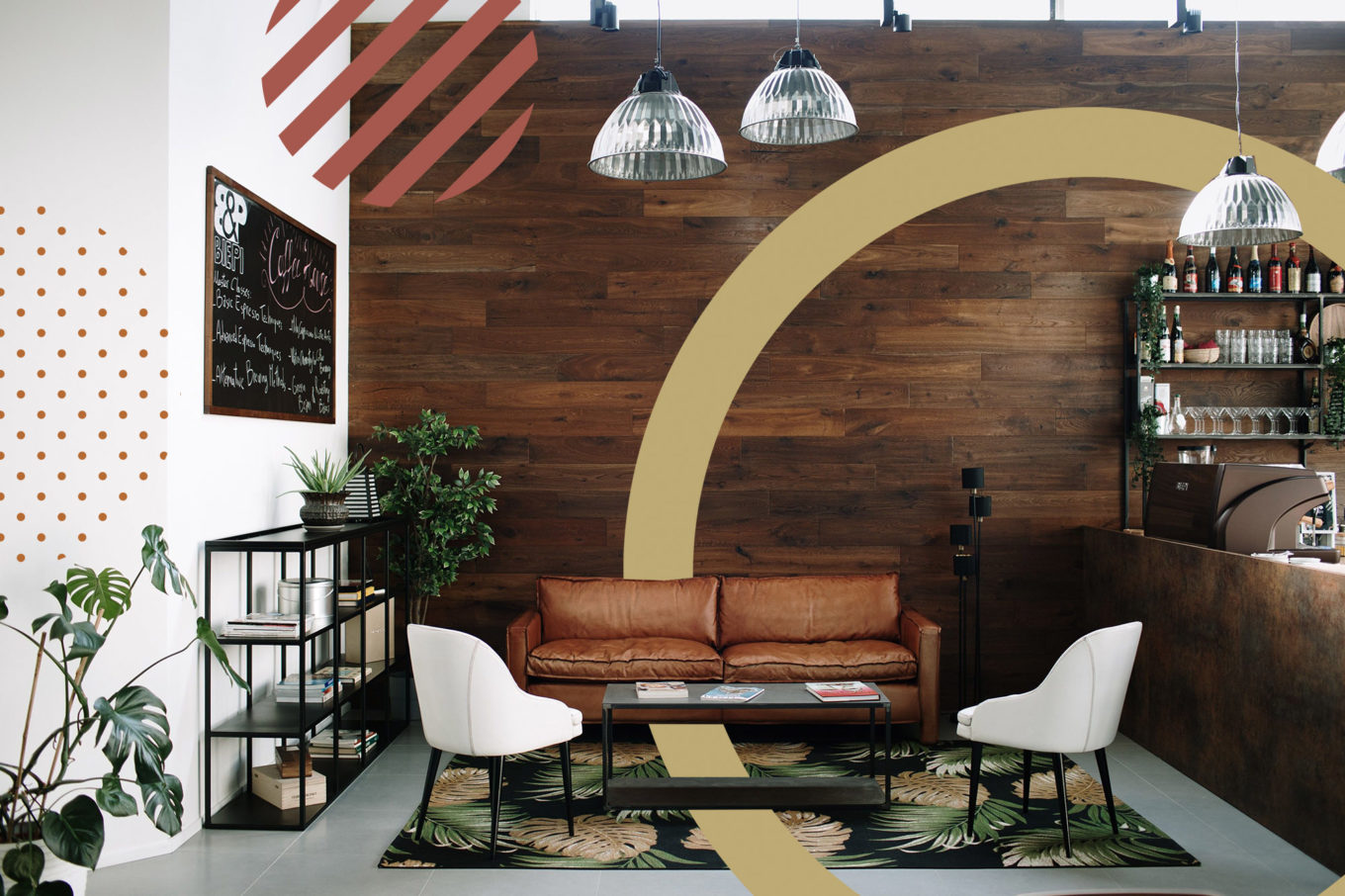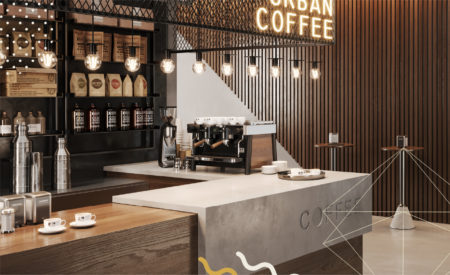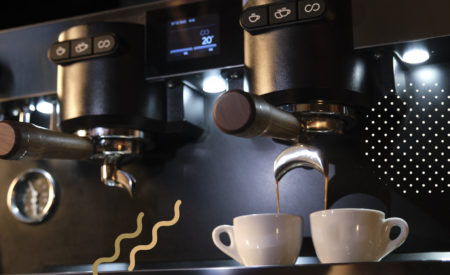This is perhaps the most exciting part of opening up your café. It’s easy to get swept up in color swatches, palettes and Pinterest rabbit holes, but at the same time you don’t want to lose sight of the practical details either. While every space is different, in this article we share the key aspects you need to consider when you define your floor plan.
Go with the flow
The old adage lends itself well to planning the space of your café because taking into account how people will move throughout the different areas is of the utmost importance. Before you purchase any equipment, furniture or decor, analyze the following.
Customer flow
Minimize the chances of people standing in the way of other people, particularly the waiting staff. For example, make sure to place your cash register where people standing in line to pay won’t inconvenience anyone coming and going. Similarly, patrons stopping by a shelf perusing the products on sale shouldn’t obstruct anyone’s path.
Employee flow
Be smart about where you place your machines, or you’ll have to somersault to serve a cappuccino when it gets busy! Consult with a specialist or your baristas and waiting staff if necessary to install them where it makes the most sense for the way you work. You may have to invest a little more to begin with, especially if complex construction and plumbing is needed, but higher productivity always results in higher returns, so keep that in mind.
The barista’s workstation
Work smart, not harder with these fundamental tips.
- Place your equipment so multiple people working at the same time don’t have to interrupt one another.
- Minimize the distances your barista has to walk. For example the fridge with milk and juices shouldn’t be in another room or service will be slow, at the same it should be placed somewhere where opening it won’t obstruct other people.
How you place your espresso machine
- An espresso machine placed along the wall opposite your counter means that your staff will have their backs turned as they prepare coffees and won’t be able to converse with the patrons, at the same time the customers won’t be able to see their coffee being prepared. This is a solution often adopted by high-volume coffee chains which have numerous staff members working at the same time. There are usually two groups at the counter, one remains at the cash register taking orders and payments, the other prepares coffees in the back and passes the cups to the person liaising with the customer. So this option could work well if you too intend to employ a large team, but it’s less ideal in other instances as you won’t be able to see what happens on the floor as you make coffees.





